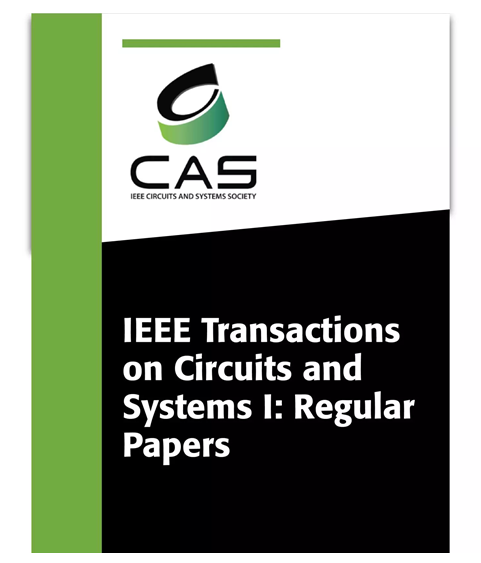Correct and Verify—CAV: Exploiting Binary Decision Diagrams to Enable Formal Verification of Approximate Adders With Correct Carry Bits
IF 5.2
1区 工程技术
Q1 ENGINEERING, ELECTRICAL & ELECTRONIC
IEEE Transactions on Circuits and Systems I: Regular Papers
Pub Date : 2024-12-11
DOI:10.1109/TCSI.2024.3509013
引用次数: 0
Abstract
Approximate adders have received significant attention as they give benefits in power, performance, and area for error-resilient applications. Due to their ubiquitous use, formal verification of approximate adders has also gained traction. However, prior works on formal verification of approximate adders are limited to relaxed equivalence checking, i.e., checking whether the approximate adder designs have an error less than a specified threshold. This method has limitations, as multiple approximate adder designs can satisfy the relaxed equivalence checking criterion, which can cause more than expected deterioration in the output quality. The deterioration in output quality is larger in approximate adder designs that produce exact results for some regions of the input space but have the freedom to produce approximate results in other regions of the input space. In this paper, we propose a methodology called Correct and Verify (CAV), which exploits Binary Decision Diagrams (BDDs) to guarantee that the approximate adder with correct carry bits exactly matches its functional specification. Our idea takes advantage of the BDD structure in extracting the internal signals, particularly the carry signal from the golden reference exact adder. Afterward, a corrector circuit is generated from the functional specification and the extracted carry signal is used as input in the corrector circuit. The corrector circuit is used to generate the corrected adder from the approximate adder. The generated corrected adder can be compared against a formally verified golden reference exact adder. We show the efficacy of CAV over approximate Ripple Carry Adders (RCA) as well as approximate Parallel Prefix Adders (PPA). Lastly, we perform a qualitative analysis by introducing mutations in the designs to show the fault detection quality of the CAV methodology.求助全文
约1分钟内获得全文
求助全文
来源期刊
CiteScore
9.80
自引率
11.80%
发文量
441
审稿时长
2 months
期刊介绍:
TCAS I publishes regular papers in the field specified by the theory, analysis, design, and practical implementations of circuits, and the application of circuit techniques to systems and to signal processing. Included is the whole spectrum from basic scientific theory to industrial applications. The field of interest covered includes: - Circuits: Analog, Digital and Mixed Signal Circuits and Systems - Nonlinear Circuits and Systems, Integrated Sensors, MEMS and Systems on Chip, Nanoscale Circuits and Systems, Optoelectronic - Circuits and Systems, Power Electronics and Systems - Software for Analog-and-Logic Circuits and Systems - Control aspects of Circuits and Systems.

 求助内容:
求助内容: 应助结果提醒方式:
应助结果提醒方式:


